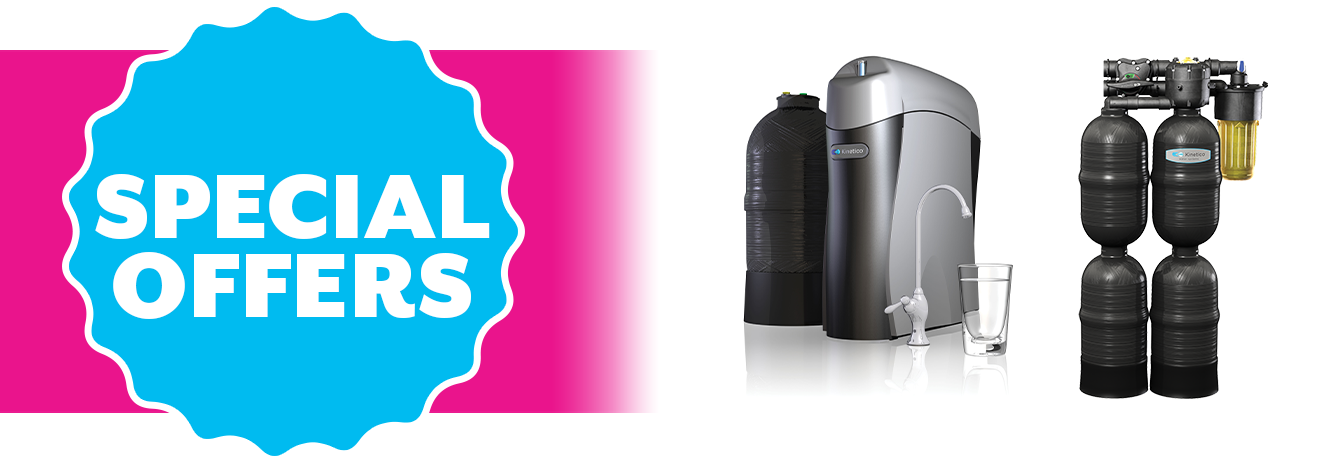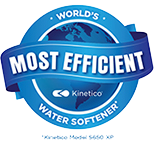City Water
Solutions
There are City Standards for Water, and Then There are Ours.
Municipal water treatment facilities are dedicated to providing you with safe water, but government standards for what is pure and our own aren’t always the same. The water from our city faucets still contain contaminants that are legally considered safe to drink, but the thought of consuming them make us uneasy. Pharmaceuticals and other chemicals that find their way into our water supplies have led more and more consumers to seek out a safeguard for their drinking water. Something that eliminates the impurities while making their H20 smell and taste clean and satisfying.
The Difference Between “Safe” and “Clean”
Studies have been conducted throughout the years evaluating America’s drinking water, and the results found the current structure wanting, to say the least. Consider these alarming facts about today’s water conditions:
- Annually, 1.2 trillion gallons of untreated sewage, storm water, and industrial waste are dumped into U.S. water. (Source)
- Daily, 2 million tons of sewage, industrial, and agricultural waste are discharged into the world’s water (UN WWAP 2003), the equivalent weight of the entire human population of 6.8 billion people. (Source)
- About 10% of America’s beaches fail to meet the federal benchmark for what constitutes safe swimming water. (Source)
- Nitrate from agriculture is the most common chemical contaminant in the world’s groundwater aquifers. (Source)
- The American Society of Civil Engineers gave the United States’ drinking water system a D rating for more than 2 trillion gallons of treated drinking water annually, “legacy and emerging contaminants” that are in need of monitoring, and pipes that are pushing the limits of their 75 to 100 year lifespan. (Source)
Water treatment facilities test your water quality on site. However, those scores are not always accurate. These tests are conducted before the water travels through a large, outdated distribution system to get to your home. During the transition, your water can pick up a number of contaminants as it travels out of the treatment facility and into the network of pipes within your home.
The Side Effects of City Treated Water
The process cities use to disinfect the water is by chlorinating it. The chlorine must stay in the water while it is being distributed, thus it is still present once it reaches your home. In addition to the unpleasant taste, smell, and potential side effects of chlorinated water, it is also known to dry out skin, hair, and rubber seals found in water-using appliances.
There’s also the issue of hard water. Contrary to what many believe, city water supplies are frequently hard and contain high amounts of calcium and magnesium. If the water supply is softened before it gets to your home, it usually is not “zero soft.”
City Water Solutions in Southwest Florida
This is where Kinetico’s products and services come into play. We offer a free water analysis to see if your water contains anything of concern, and then recommend the best solutions. If you are experiencing any problems in the following cities: Naples, Marco Island, Bonita Springs, Estero, Fort Myers, Cape Coral, Venice, & Sarasota, FL, don’t hesitate to contact us or call us at (239) 908-2300 today!










